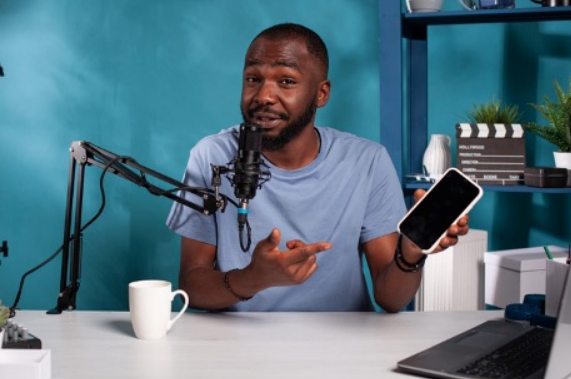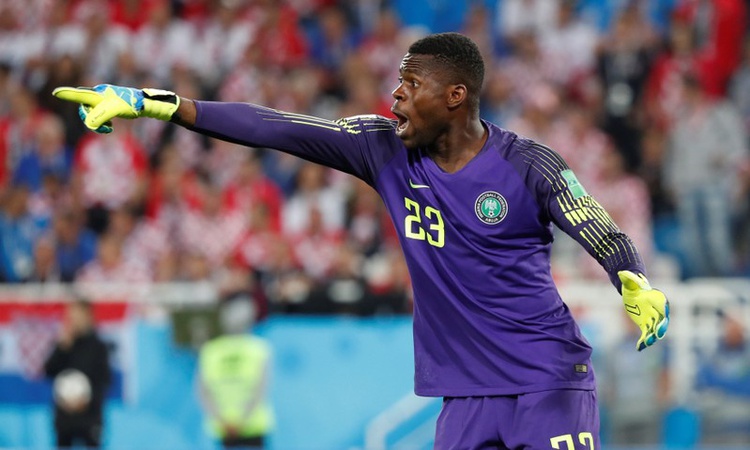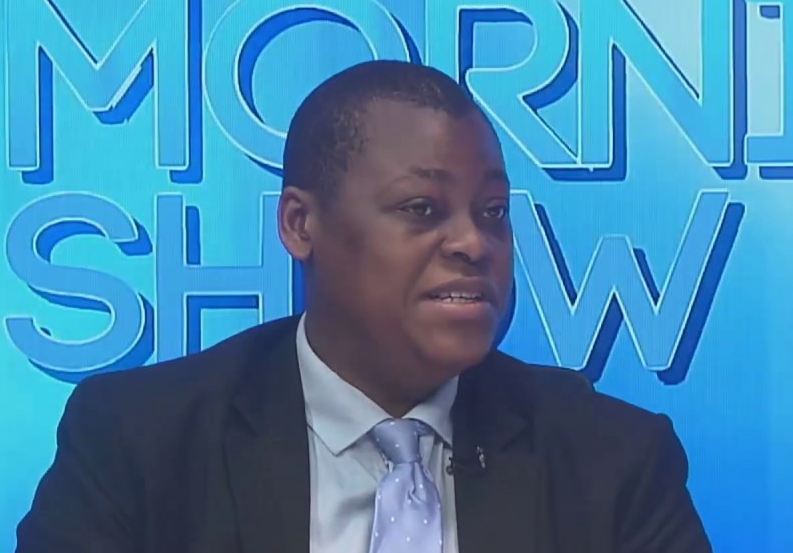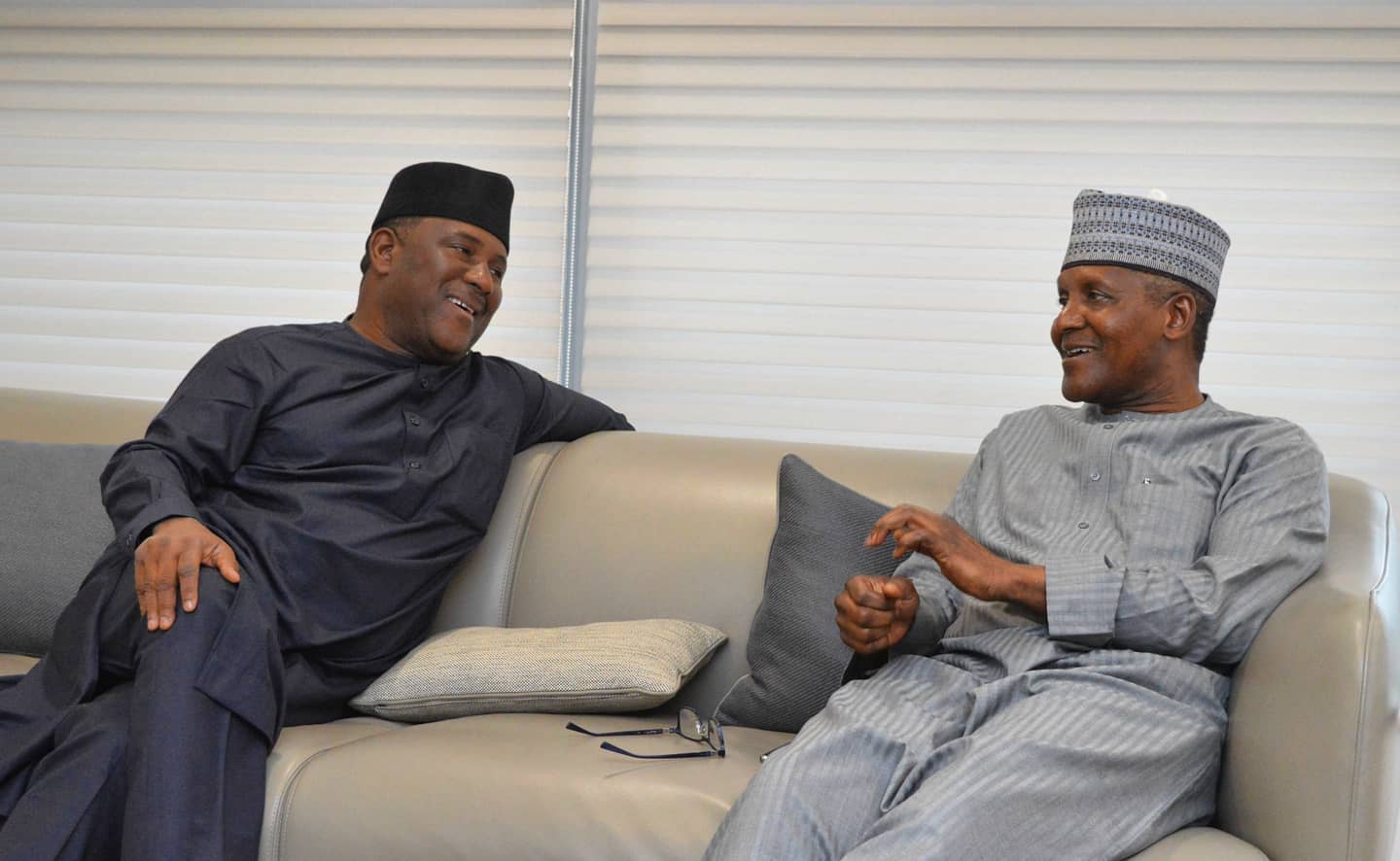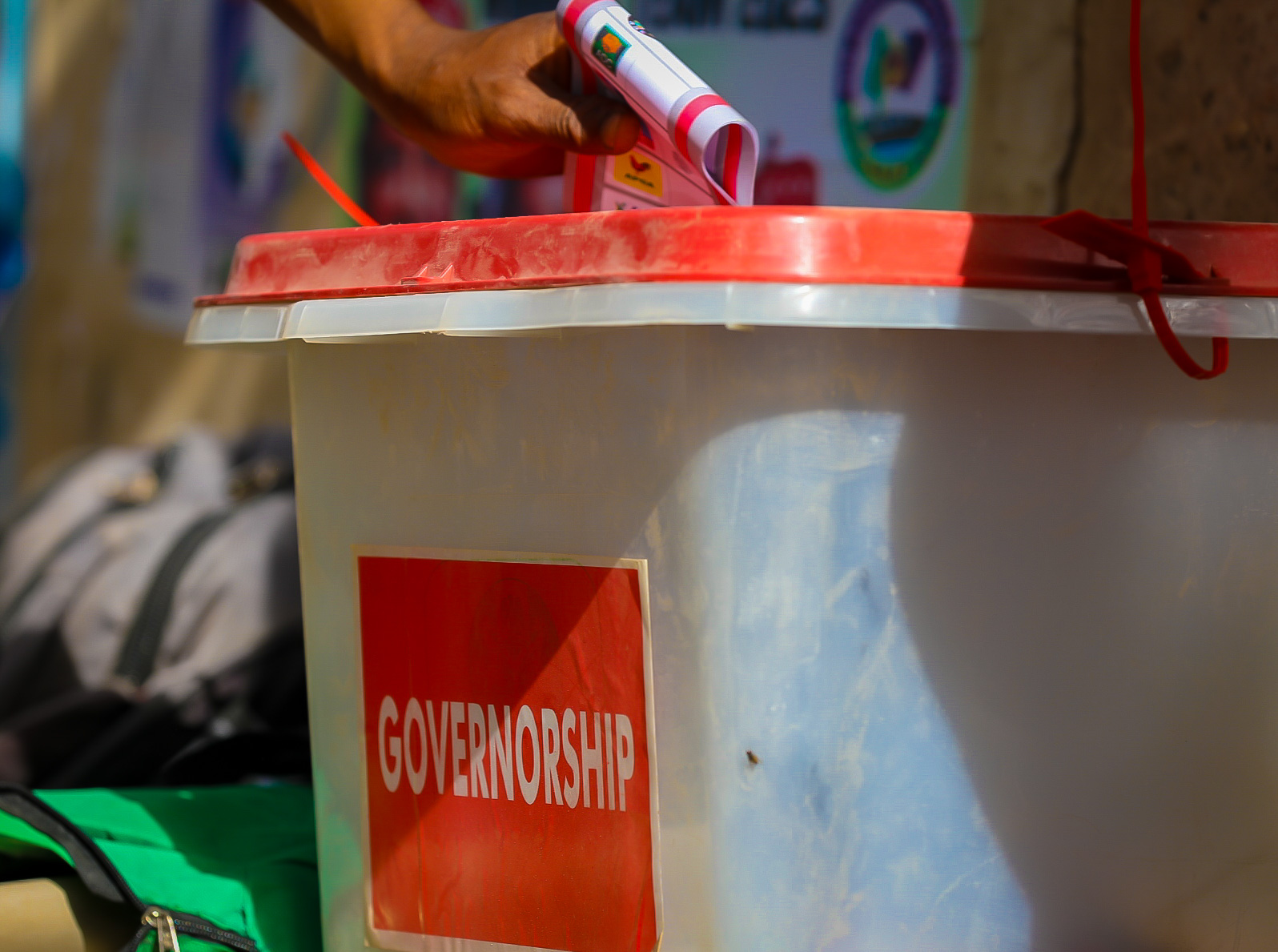The world around us has changed considerably over the last few years. The arrival of Covid 19 in 2020 turned much of the world on its head, with enforced lockdowns.
The business world has been pugnacious to live with the economic consequences of Covid, with supply chain disruptions, a chronic shortage of key workers, and creeping inflation threatening to unsettle the global economy.
Unsurprisingly, many businesses globally have struggled to survive in the new environment. And those that have made it this far are needing to find new ways to market, in order to keep themselves in the minds of consumers. Social media has gradually became more entrenched as the easiest platform to build and reach brand audiences.
Content creators who have grown cult followers have converted their online space into marketing channels for connecting brands with their target audiences. These class of online media personalities are referred to as social media influencers. They leverage their space as a market place where they market, endorse and advocate for brands. This business strategy is what is now known in the global world of brand marketing as INFLUENCER MARKETING. In Nigeria the trend has grown tremendously.
Advertisement
Influencers Score Guide
Driving a successful brand marketing strategy using social media influencers must be guided by some basic scorecard principles that will determine success or failure of the efforts.
The Influencers score guide are criteria for choosing an influencer that can truly drive your marketing and deliver on the defined and measurable objectives.
Advertisement
These include:
CREDIBILITY: Insightful profile of the influencer; equity, level of education, authenticity or trust, and quality of content he or she publishes
WIDE REACH: Total potential impressions within the target audience segment which can lead to deeper engagement. Data driven identification of who will be influencer, his or her followership and class of followers must be considered.
QUALITY OF ENGAGEMENT: This is in the quality of topics, languages, logical presentation.
Advertisement
RELEVANCE: Degree to which the influencer is credible and connected to the brand category. He she must be subject matter savvy. For instance a celebrity that is known to be a good mother and wife will be perfect to endorse or advocate for baby meal or baby products.
RESONANCE: Degree to which the influencer’s content on your brand can resonate, engage and call the audience to action.
RISK LEVEL: Verify possibility of influencer’s public attitude can damage or cause brand eroding issues for your organisation and its brands. Example is the appointment of Naira Marley, Nigeria’s street music crooner and label owner, as celebrity spokesperson and advocate for NDLEA in its campaign against drug abuse among youth. The subsequent indictment of Marley in the death of Mohbad, Nigeria’s popular afro beat music star, became too much of a risk for the drug laws enforcement agency, and it had to abruptly end the campaign.
Another horrible example in Influencer Marketing was the bad act of the American Grammy award winning pop artist Britney Spears. In 2001, she signed a multi-million endorsement deal with soft drinks giant Pepsi, but she was photographed drinking competitor brand Coca-Cola at a highbrow bar in the US. Pepsi was so displeased. In 2002, Pepsi began to phase out Spears in favour of a new spokesperson – Beyoncé.
Advertisement
OTHER CONSIDERATIONS: Fake followers, fake engagements, negative press, inappropriate language, possibility to jump brands by signing with competing brand, content quality such as picture quality, and power of message delivery etc must be seriously considered before signing up influencer marketer.
STRATEGIC APPROACH: Lastly, there must be a strategy driving the campaign. A well-articulated plan that defines the brief, the objectives which must be measurable, the timeline, and impact measurement criteria should be put in place to guide the campaign.
Advertisement
Categories of Marketing Influencers
There are basically classes of influencers in the market space. We have two basic categories of influencers namely the Online Influencers, and the offline celebrity spokespersons that deploy traditional media space to advocate for brands.
Advertisement
The two categories can further be broken down into different classes namely Mega Influencers, Celebrity Influencers, and micro or nano-influencers.
Clearly, the amount that a firm spends depends on its total marketing budget which affects the proportion it chooses to devote to influencer marketing. Those brands that opt to work with mega-influencers and celebrities spend more than brands that work alongside micro- or nano-influencers.
Advertisement
This is further explained and broken down in the below survey report analysis published recently.
Market Size of Global Influencer Marketing To Hit $21.1 Billion
In a survey report titled The State of Influencer Marketing 2023: Benchmark Report, published by INFLUENCER MARKETING HUB, based in the United States, it was revealed that the Influencer Marketing Industry would grow to approximately $21.1 Billion in 2023.
The report was an overview of the global influencer market. It summarizes the thoughts of more than 3500 marketing agencies, brands, and other relevant professionals regarding the current state of influencer marketing, along with some predictions of how people expect it to move over the next year and into the future.
Below is the highlights of the report
- 63% plan to use AI in executing their influencer campaigns, 2/3rd of these brands will use AI for influencer identification
- Nearly 60% of influencers felt they faced discrimination in 2022
- Over 83% of our survey respondents still believe influencer marketing to be an effective form of marketing
- 71% admit to having increased the amount of content they produce and share
- 67% of those respondents who budget for influencer marketing intend to increase their influencer marketing budget over 2023
- 23% of respondents intend to spend more than 40% of their entire marketing budget on influencer campaigns
- There is a strong preference for working with small (nano – 39% and micro – 30%) influencers ahead of expensive macro-influencers (19%) and celebrities (12%)
- It is now the norm to pay influencers (42%), rather than just give them a free product (30%).
- TikTok (utilized by 56% of brands using influencer marketing) is now the most popular influencer marketing channel, jumping ahead of Instagram (51%) for the first time, and well ahead of Facebook (42%) and YouTube (38%).
Credit: https://influencermarketinghub.com/influencer-marketing-benchmark-report/
Odusote, Partner, CMC Connect LLP, can be reached [email protected]
Views expressed by contributors are strictly personal and not of TheCable.
Add a comment

